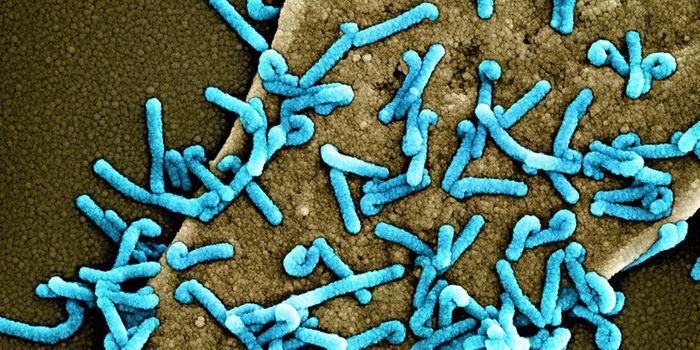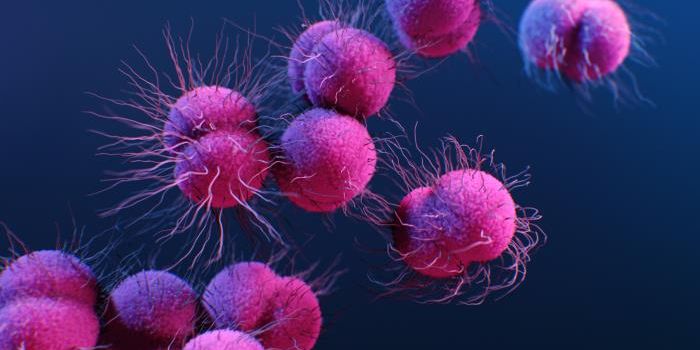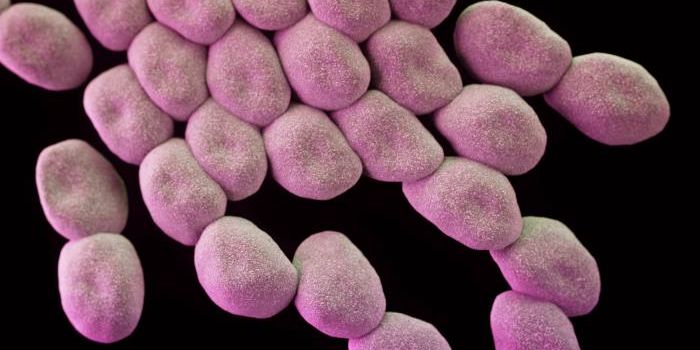Busting biofilms with magnetic phages
Go-go-gadget phage-enhanced nanoparticles! Researchers at Rice University and the University of Science and Technology of China attached phages to magnetic nanoparticles - the complexes are able to penetrate protective biofilms and kill the bacteria within.
Image: Getty
Sometimes killing bacteria isn’t the problem - it’s getting to the bacteria that can be difficult. Bacteria secrete biofilms made up of polysaccharides, DNA, and protein to keep themselves safe from environmental hazards. The problem is, biofilms are notoriously tough to penetrate.
Biofilms grow in all sorts of environments - soils, lakes, streams, even the human body. According to study co-author Pingfeng Yu, “biofilms can be very harmful in water distribution and storage systems since they can shelter pathogenic microorganisms that pose significant public health concerns and may also contribute to corrosion and associated economic losses.” Pathogens in the water? That’s never good news.
The researchers took a swing at these biofilms by engineering nanoparticles made up of carbon, sulfur, and iron oxide. Next, they attached amino groups to the nanoparticles. These amino groups allowed the phages (viruses that kill bacteria) to attach to the nanoparticles. The phages are actually attached to the nanoparticles by their heads - this leaves their tails free to make contact with bacteria.
The phage-enhanced nanoparticles couldn’t penetrate the biofilms effectively on their own, they needed an extra kick. Because the particles contained iron oxide, the researchers used a magnetic field to push the nanoparticles into the biofilm, giving the phages access to the bacteria. Interestingly, the researchers showed that it was the migration of the nanoparticles within the biofilm that disrupted its structure, making the bacteria more susceptible to phage attack.
They tested both the phage-enhanced nanoparticles and phages alone against biofilms of Pseudomonas aeruginosa and Escherichia coli. The nanoparticles killed over 90% of the bacteria, while the phages alone only killed 40%!
According to study author Pedro Alvarez, “this novel approach, which arises from the convergence of nanotechnology and virology, has a great potential to treat difficult-to-eradicate biofilms in an effective manner that does not generate harmful disinfection byproducts.”
Sources: Science Daily and Environmental Science: Nano









